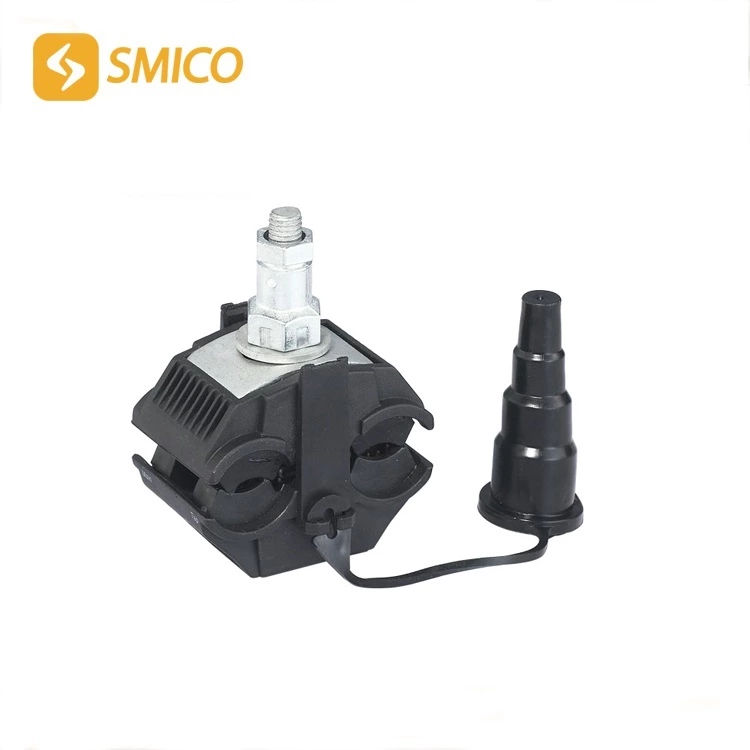Working Principle Of Insulation Piercing Clamp
The basic working principle of Insulation Piercing Connector is to achieve current transmission through the contact between the puncture blade of the wire clamp and the metal part of the cable. Some people may think: Can such a large current be carried by just a few small thorns? In fact, the current conduction between conductors can be analyzed from two aspects: the mechanical contact area of the conductor and the current conduction path. From a microscopic point of view, the surface of the conductor is composed of countless uneven peaks and valleys. The smoother the surface of the conductor, the smaller the height difference between the peaks and valleys. When the two conductors are in contact under the action of external force, their contact mainly exists in the form of peak-to-peak contact. Therefore, the actual mechanical contact area is much smaller than the nominal contact area designed by the wire clamp. According to literature analysis, the real mechanical contact area is about 7% of the nominal contact surface. Under the action of external pressure, the active aluminum oxide (Al2O3) layer on the aluminum-aluminum interface of the two conductors is squeezed or rubbed to cause it to partially rupture, allowing aluminum electrons to flow freely between the peaks on the surface, forming a certain conductivity. The greater the pressure, the more peak-to-peak points of contact, and the smaller the contact resistance. The conductive ability of activated aluminum oxide (Al2O3) itself makes the undamaged area also have a certain conductive ability. Due to the good plasticity of aluminum, when the two interfaces are pressed and contacted, part of the aluminum in the inner wall of the wire clamp will produce plastic deformation and enter the twisted gap of the outer layer of the wire, so that the effective contact area is increased, the mutual penetration between molecules is more active, and as the number of aluminum atoms in the oxide layer further increases, the conductive performance on the electrical interface is improved. Due to the creep of the wire, the wire becomes slightly thinner, the diameter decreases, the effective contact area decreases, and the resistance of the wire clamp increases. The reduction in the effective contact area is mainly caused by the reduction of the pressure of the wire clamp on the wire and the intensification of the oxidation of the contact surface.
The insulated piercing wire clamp relies on the piercing of the blade to penetrate the wire, just like inserting a finger into the water. According to relevant literature, its contact area is more than 1 times larger than that of an ordinary wire clamp. Moreover, the piercing wire clamp has the advantages of easy installation and high reliability.

